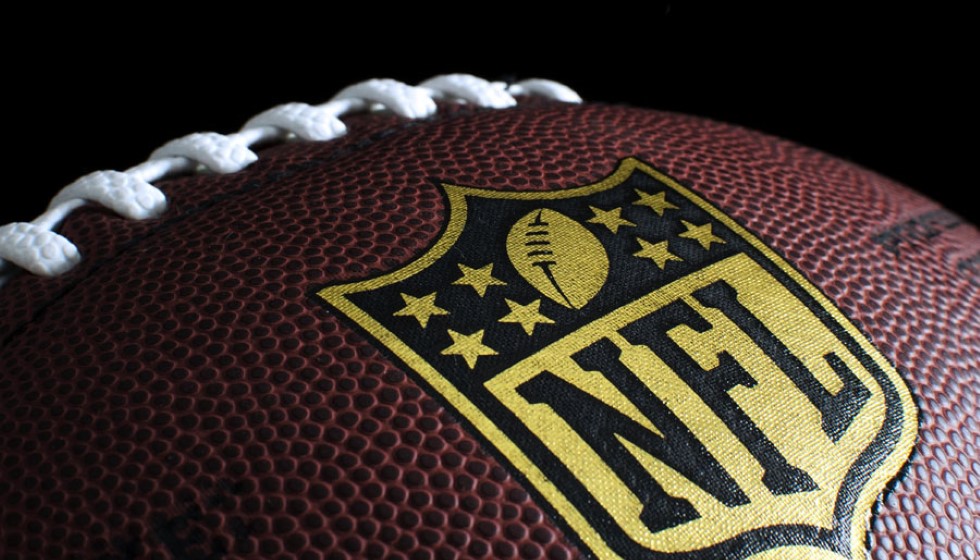
Balancing Act: Crafting a 53-man NFL Roster Amidst Cap Constraints
In the complex world of NFL team building, assembling a 53-man roster is an intricate dance that harmonizes talent acquisition with stringent salary cap management. This year's roster assembly exemplified the challenge, with a faux salary cap set at a generous $262.7 million—surpassing the official 2024 league cap of $255.4 million. This simulated cap offered a broader lens into what teams might achieve with more financial flexibility.
Among the league, the San Francisco 49ers reign with a top-adjusted salary cap nearing $297.36 million. In stark contrast, the Kansas City Chiefs manage the lowest cap at $253.064 million. Such disparities showcase the varied fiscal strategies and planning that characterize NFL front offices.
Offensive and Defensive Allocation
Breaking down spending through positional budgets reveals fascinating insights. The roster's expenditure dedicated 50.69% to offense and 42.95% to defense, implying a judicious allocation that underscores the ubiquitous NFL debate: should priority skew towards scoring or stopping the opponent from scoring? This team appears to balance the scales, aiming to build a formidable unit on both sides of the ball.
Quarterback and Offensive Talent
Under center, Lamar Jackson commands attention with a cap number of $32.4 million. His prowess and play style make him an essential keystone for any offense. Meanwhile, Saquon Barkley's cap hit sits at a more conservative $3.8 million, reflecting his dynamic yet cost-effective impact on the ground game.
Among receivers, the team boasts A.J. Brown, Justin Jefferson, and Amon-Ra St. Brown—a trio of pass-catching talent that would overwhelm any defensive secondary. They complement tight end Trey McBride, creating a multi-dimensional aerial threat.
The offensive line, critical to both protection and ground-game success, features notable linemen including Jordan Mailata, Tyler Smith, Creed Humphrey, and Chris Lindstrom. Speaking of Smith, one expert noted, “Smith has emerged as one of the game's best young offensive guards.” Chris Lindstrom, now the NFL’s first $20 million-per-year guard, recently signed a lucrative five-year, $102.5 million extension. He’s been described by an analyst as “worth the investment,” a testament to his integral role in the offensive line's success. Meanwhile, veteran Lane Johnson, at 34, continues to anchor the line in his 12th season.
Defensive Assurance
On the defensive front, prowess and experience blend with youth, as shown by figures like Trey Hendrickson, Cameron Heyward, Chris Jones, and Myles Garrett. These players collectively form a formidable frontline capable of dominating any offensive line they encounter.
Linebackers, led by Bobby Wagner and Zack Baun, provide a blend of leadership and youthful athleticism. The secondary rounds out with Denzel Ward, Patrick Surtain II, and Christian Gonzalez—all pivotal in countering today's explosive offenses.
Draft Strategy and Representation
The team reflects a comprehensive draft strategy, incorporating players from each round of the 2024 draft. Notably, the number of players from drafts leading back to 2021 diminishes, spotlighting the front office’s focus on evolving talent evaluation and immediate impact.
With significant contributions from seasoned teams like the Eagles and Chargers, each of these organizations sees six of their players represented, illustrating their depth and development programs.
This blend of fiscal management, strategic drafting, and roster assembly underlines the nuanced art that is creating a competitive football team. It’s a testament to the constant tug-of-war between dollar figures and yard markers, where every decision could pivot a team closer to a championship, or further into the annals of professional sports history.